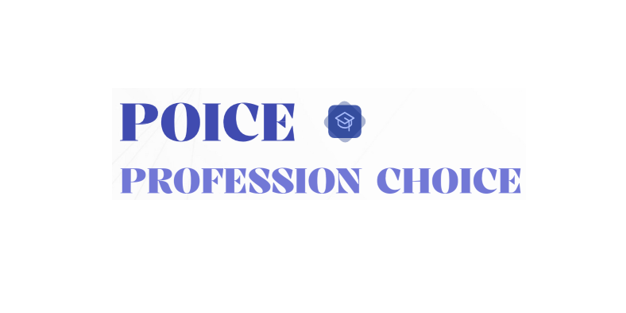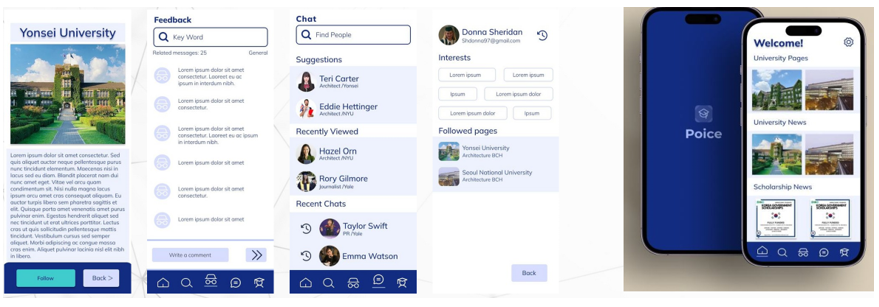POİCE: Guiding the Next Generation to the Right University

The Educational Challenge & Applicant Confusion
The process of choosing a university presents a critical and widespread challenge, leading to significant personal and economic costs. A substantial 80% of applicants in the target market struggle with a pervasive lack of clear, reliable information, which results in confusion during their selection process. Available resources and information are often insufficient or, when sourced from social media, are subjective and inaccurate, leading applicants to make wrong educational choices. This misstep can be severely detrimental, causing a major loss of time, money, and motivation, and even risking a student’s future career path. Applicants are left with unanswered questions regarding key factors like a university's location, the quality of its education, campus social life, and which specialty is the best personal fit.
POİCE Solution: An Integrated Guidance Platform
POİCE is a mobile application dedicated to transforming this landscape by offering comprehensive, independent guidance to students seeking their ideal university. It operates as a powerful, single source for all university information, drastically reducing the confusion caused by scattered data. The platform’s core solution provides valuable features such as in-depth university comparison tools and access to different, reliable sources of information. Furthermore, its interactive chat feature allows for real-time engagement and support. By offering accurate guidance, the platform effectively reduces the risk of making an incorrect choice, and enables applicants to save the expense they would typically incur on external consultants. POİCE’s multi-faceted value proposition extends to universities, helping them with self-promotion and attracting a more sustainable flow of students.

Market Potential & Competitive Edge
POİCE targets a significant market opportunity, with an annual market size of 104,000 applicants in Azerbaijan. The platform projects a potential active user base of 50%, translating to 52,000 active users. The business model, supported by tiered subscriptions, is highly scalable, with aggressive forecasted revenue growth: projecting $500,000 in the first year, $1,200,000 in the second, and reaching $2,500,000 by the third year.
While facing competition from existing services, POİCE distinguishes itself with clear competitive advantages, including offering real-time information, a high degree of personalization, superior interactive UX, and a comprehensive wide university database. This integrated approach ensures student satisfaction, promotes sustainable and planned student flow to universities, and ultimately helps increase the supply of specialized personnel in the labor market.

Sustainable Development Goal (SDG) Alignment
The mission of POİCE is directly aligned with the United Nations Sustainable Development Goals (SDGs), focusing on improving human capital development and economic outcomes.
- SDG 4: Quality Education: The primary alignment is with the goal of ensuring inclusive and equitable quality education. POİCE directly contributes by empowering applicants to select the best-fit university and profession, thereby making informed decisions that improve educational quality and promote lifelong learning opportunities. By eliminating information asymmetry, the platform democratizes access to educational opportunities.
- SDG 8: Decent Work and Economic Growth: The successful placement of students into appropriate educational programs significantly contributes to the workforce. By reducing the number of students who make a wrong choice, POİCE helps ensure that educational outputs are better matched to labor market needs, leading to an increase in specialized personnel and fostering sustained, inclusive, and sustainable economic growth.
The development of POİCE: Guiding the Next Generation to the Right University was robustly supported by the specialized faculty and mentors of the Department of Architecture and Construction. Their crucial expertise in systems planning, structural coherence, and user-centric design ensured that the mobile application's complex information architecture, which integrates data from different universities and provides comparison tools was built into a stable, reliable, and intuitively navigable platform, mirroring the foundational requirements for successful modern construction projects.